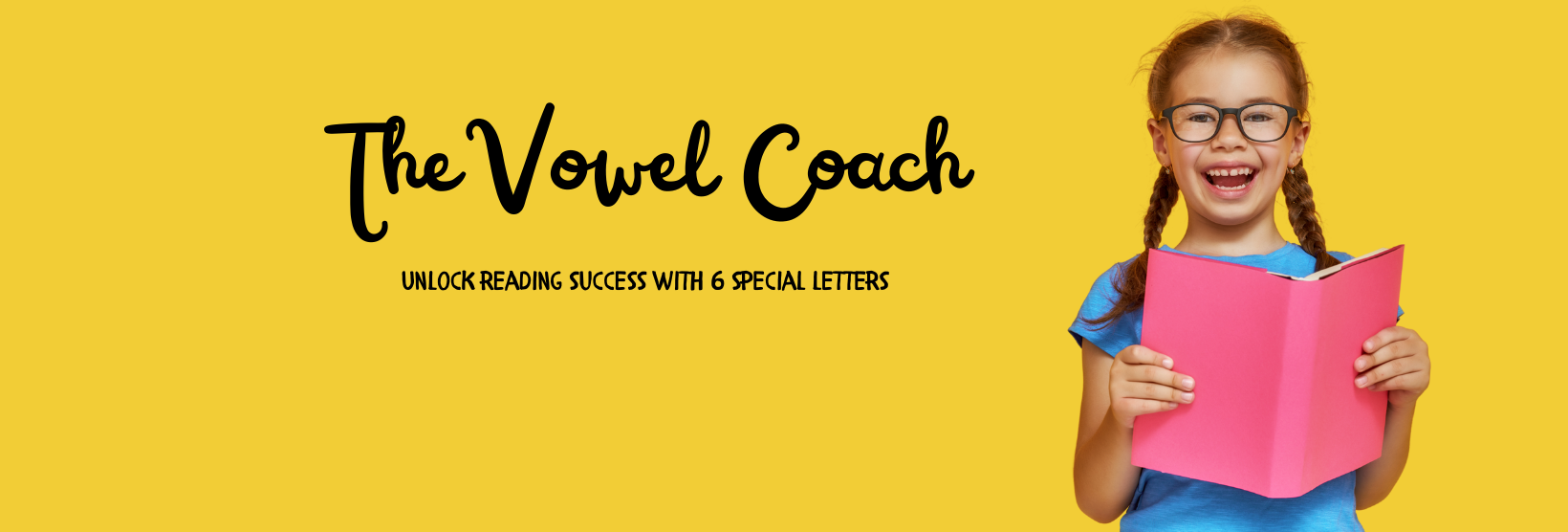Supporting young writers through scaffolding:
The word “scaffolding” in education refers to providing guided support to a child as he or she is developing new skills and working toward independence. Just like scaffolding in construction is a temporary structure that helps workers safely get their jobs done, educational scaffolding is temporary as well.
Skills needed for sentence writing:
Your energetic child might have an amazing imagination, tell detailed, organized stories, and come up with hilarious jokes. However, that energy might collapse like a tower of wet socks when it comes time to pluck the words out of his or her brain and physically write them down on paper.
The ability to grab words out of our brain and write them down requires many skills. Here are just a few:
- Fine motor skills for holding a pencil and drawing letter shapes.
- Knowing how to use writing lines properly.
- Remembering what each letter looks like and reproducing those shapes on the page.
- Finding the letters on a keyboard to type out work.
- Stretching out words/spelling accurately/matching sounds to letters.
- Remembering punctuation, spacing, and other qualities of text.
- Remembering the actual words you want to write down.
Here is an interesting article from Reading Without Tears about sentence writing: https://www.lwtears.com/blog/how-to-teach-sentence-writing-structure?srsltid=AfmBOoqH31QyXCMOJU0YGesPurCeeWPkgTO41-gBjwWixDog68XKCA16
Writing a Complete Sentence
A complete sentence has two parts: a subject and a predicate. The subject is the part of the sentence that tells us the person, place, or thing that the sentence is about. The predicate is the part of the sentence that tells us something about the subject.
In other words, the subject is the naming part (which is a noun or pronoun), and the predicate is the telling part (which always includes a verb).

- Take a look at this photograph. There are many subjects we could write a sentence about. We could write about the mom or the dad, we could write about the kids or the family, or we could write about the river or the trash. Mom, dad, kids, family, river and trash are all examples of subjects.
If we you were asked to write a sentence about the family in this photo, you might write, “The family is cleaning up garbage.” The subject of the sentence is “The family,” and the predicate is, “is cleaning up garbage.”
Here are two videos about subject and predicate:
Complete vs. Incomplete Sentences
As we just discussed, a complete sentence must include a subject and a predicate. An incomplete sentence, on the other hand, is a group of words that is missing either a subject or a predicate. We want to avoid writing incomplete sentences.
Most kids naturally grasp the idea of complete sentences, but reviewing the concept of subject and predicate can help kids who do find it challenging. In my experience, kids are much more likely to misplace punctuation, completely leave out punctuation, write run-on sentences, or have a series of misspelled words than than they are to write an incomplete sentence.
Scaffolding Examples for Sentence Writing
Here are three of my scaffolding techniques for beginning writers:
- Dictate and trace: First, the child says the sentence. Next, the adult writes the sentence using a yellow highlighter or a traceable font. Finally, the child traces the words.

2. Dictate, count, write: The child tells the adult the sentence. The child and adult count how many words are in the sentence. The adult draws a line for each word. The child writes the words on the line.

3. Graphic organizer: A simple graphic organizer can help a child remember the different parts of a story. In this example, the child would draw a picture of what happens at the beginning of the story, the middle of the story, and the end of the story. Then the child can refer back to the pictures to help them remember what to write about.

More Scaffolding Ideas for Sentence Writing:
Please note: The following 6 images were created by and taken directly from Canva, an online platform where you can download pre-made visual content or create your own. Canva offers free and paid subscriptions. Canva has a ton of resources for parents and teachers.

- Have your child trace the words. If you don’t have special dotted letters, simply write the sentence with a yellow highlighter instead. A yellow highlighter is one of my favorite tools!

2. First the child trace the words, then the child writes them independently. I highly recommend using 3 lined paper.

3. Write down the words the child wants to use in the sentence, but write them down out of order. Have your child independently write the words in the correct order.

4. Use pictures (real or drawn) to help your child formulate a sentence. Have your child write the words independently.

5. Have your child draw a picture of what he/she wants to write about and then write the words.

6. As your child moves toward writing multiple sentence stories, drawing pictures of the beginning, middle and end can help your child organize his or her thoughts and help him/her remember what to write about.
Putting all these skills together takes time.
There are a lot of ingredients in the recipe for writing, and it can take some time to gather them up, measure them out, and mix them together for a good final product.
Cooking times will vary. 😉
